Astronomy Frontiers: From Exoplanets to Gravitational Waves
- Mr_Solid.Liquid.Gas
- Oct 24
- 3 min read

A guided tour of modern astronomy’s most exciting edges: how we detect and characterise exoplanets, why fast-changing cosmic events demand agile observing, how ripples in spacetime reveal hidden mergers, and what the coming generation of telescopes will unlock.
Key Takeaways:
· Exoplanets are found by complementary methods—transits, radial velocity, direct imaging, and microlensing—each illuminating different worlds.
· Time‑domain astronomy turns the changing sky into physics labs for stellar death, compact‑object mergers, and mysterious radio bursts.
· Gravitational‑wave detectors enable multi‑messenger astronomy, combining light and spacetime signals for richer inferences.
· Next‑gen facilities (ELT, Rubin, Roman, LISA) will sharpen spectra, expand transient discovery, and chart the gravitational‑wave universe.
Introduction
Astronomy has entered an era of systems thinking: surveys discover, networks alert, and specialised telescopes dissect. This overview explains the core techniques and why they matter, highlighting trade‑offs and the science they enable.
Hunting New Worlds
Four primary techniques reveal planets around other stars. Each brings unique sensitivities, biases, and follow‑up prospects.

• Transit method — Watches starlight dim when a planet crosses the stellar disc. Delivers radius, orbital period, and—via spectra—atmospheric hints. Best for close‑in, edge‑on systems; biased toward large planets and short orbits.
• Radial velocity (RV) — Measures tiny stellar wobbles from gravitational tug. Delivers minimum mass (m sin i) and eccentricity. Complements transits; excels at non‑transiting or longer‑period planets with stable stars.
• Direct imaging — Suppresses starlight to see young, wide‑orbit giants glowing in infrared. Enables spectroscopy and orbits over years; demands extreme adaptive optics and coronagraphs.
• Microlensing — Uses gravity of a foreground star/planet to magnify a background star. Sensitive to cold planets and free‑floaters at kpc distances; one‑off events require rapid coordination.
BIOSIGNATURE TARGETS & FALSE POSITIVES
• Targets — Temperate, rocky planets around quiet stars where transmission or thermal emission spectra might show gases in chemical disequilibrium (e.g., O₂ with CH₄).
• False positives — Stellar activity, blended binaries, instrumental systematics, or abiotic processes that mimic life‑friendly gases. Cross‑validate with multiple techniques and stellar context.
The Transient Sky

The universe is dynamic. Transients test physics at extreme temperatures, densities, and magnetic fields. Surveys find them; follow‑up explains them.
• Supernovae — Explosive deaths of stars; standardisable candles (Type Ia) for cosmology; core‑collapse events trace massive‑star formation and nucleosynthesis.
• Kilonovae — Radioactive glow from neutron‑star mergers; forge heavy elements via r‑process; multi‑messenger goldmines when paired with gravitational waves.
• Fast Radio Bursts (FRBs) — Millisecond radio flashes with high dispersion; probe plasma between galaxies and magnetar physics; repeating vs one‑off populations hint at multiple origins.
• Cadence & follow‑up — Discovery rate is only half the battle. Smart cadence (minutes‑to‑days) and rapid spectroscopy/polarimetry capture evolving physics.
WHY CADENCE MATTERS
Early spectra catch shock breakout; mid‑phase tracks energy deposition and geometry; late‑time light reveals nucleosynthetic yields and interaction with circumstellar material.
Ripples in Spacetime

Gravitational‑wave (GW) astronomy listens to mergers of black holes and neutron stars. Different detectors target different frequency bands, enabling complementary science.
• Ground‑based (∼10–1000 Hz) — km‑scale laser interferometers detect stellar‑mass binaries. Science: compact‑object demographics, tests of gravity, and connections to short gamma‑ray bursts.
• Space‑based (∼0.1–100 mHz) — Triad interferometers sense massive black‑hole mergers and ultra‑compact binaries. Science: galaxy assembly, extreme‑mass‑ratio inspirals, precision tests of GR.
• Multi‑messenger links — Joint GW–EM observations pin down distances, environments, and nucleosynthesis pathways, reducing model degeneracies.
The Next Generation of Telescopes
Several flagship facilities will redefine discovery space across wavelengths and messengers.

• Extremely Large Telescope (ELT) — 39‑m optical/IR mirror for high‑resolution spectroscopy and direct exoplanet studies; resolves stellar populations in nearby galaxies.
• Vera C. Rubin Observatory — Wide‑fast‑deep sky movies (LSST) for billions of objects; unparalleled transient discovery and Solar System census.
• Nancy Grace Roman Space Telescope — Wide‑field infrared imaging/spectroscopy for dark‑energy probes, exoplanet microlensing, and coronagraph tech demos.
• LISA — Space‑based gravitational‑wave observatory mapping the mHz universe of massive black holes, compact binaries, and extreme‑mass‑ratio inspirals.
Conclusion
From nearby exoplanets to distant black‑hole mergers, astronomy now hinges on coordinated observations and shared data.
As new facilities come online, expect sharper spectra, faster alerts, and deeper gravitational‑wave catalogues—turning the cosmos into a truly multi‑messenger laboratory.

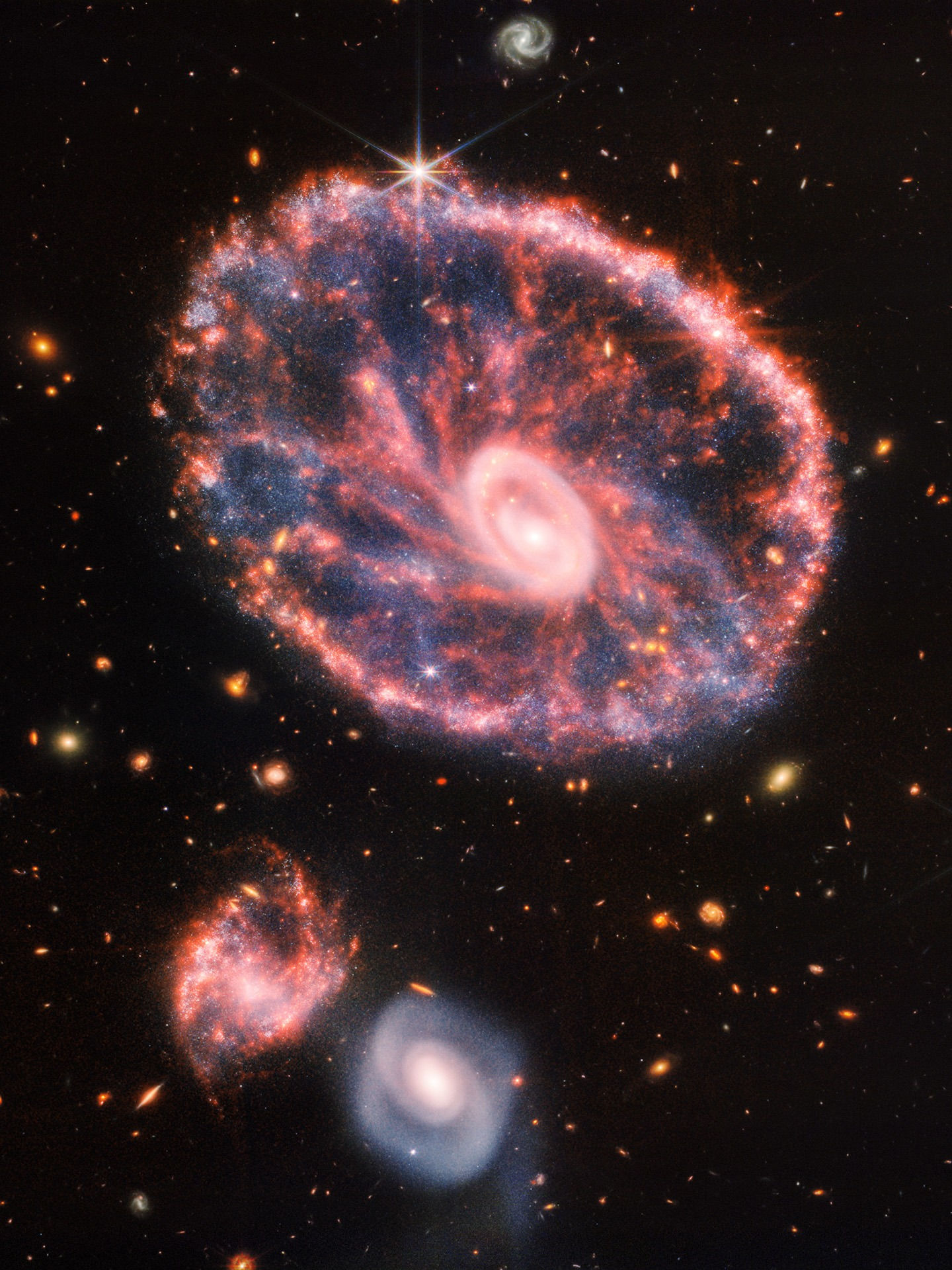

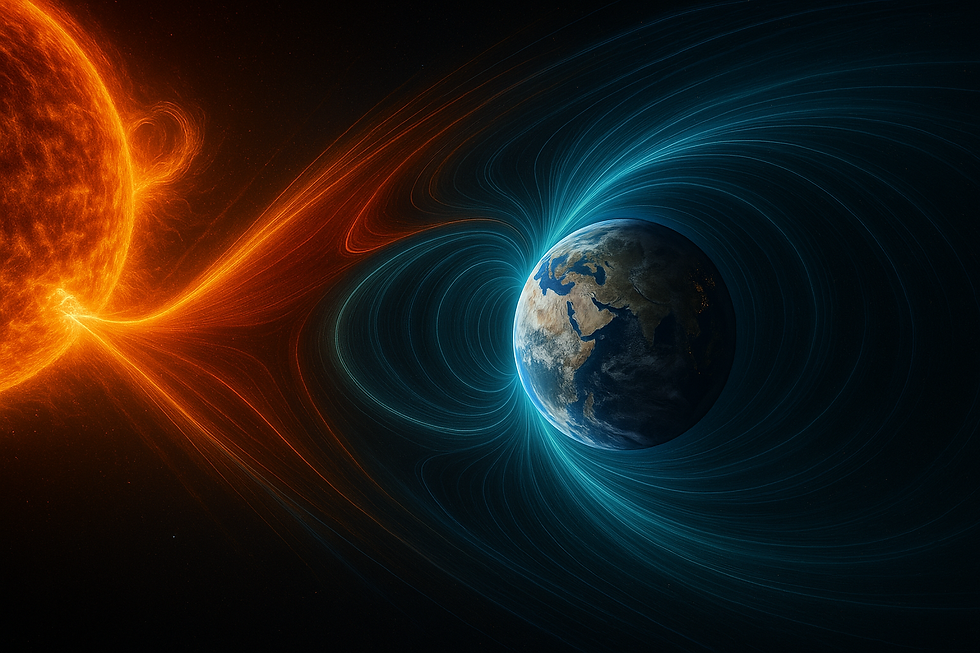






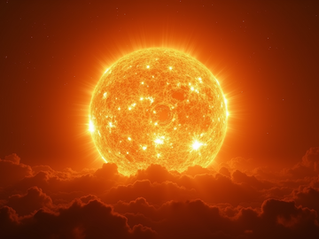



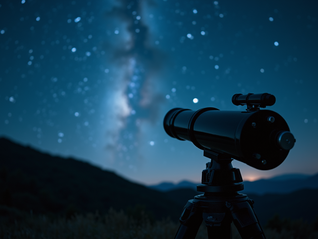















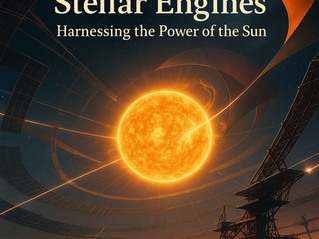














































































Comments